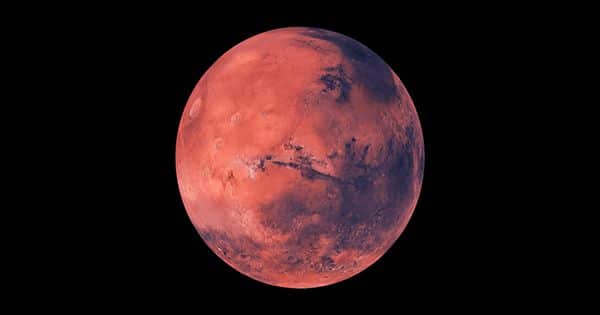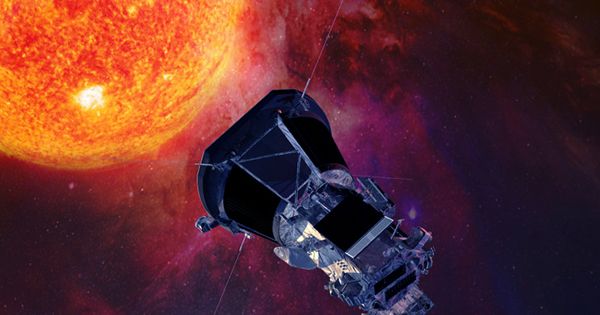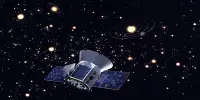The high regions of Venus’s atmosphere are a natural source of radio waves, NASA has revealed. The Parker Solar Probe, recently breaking another speed record, has made significant new observations that led to this discovery during the third flyby on Friday last year.
The new insights provide a clear picture of how it was affected by the Venetian atmosphere and the activity of the sun. As reported in the Geophysical Research Letter, this is the first direct measurement of the electron-charged gas layer at the upper end of Venus’ atmosphere in 30 years – the first direct measurement of the ionosphere and it has long been suspected but not proven: changes in planetary atmosphere density in this region.

The activity of the sun becomes waxy and faint in an 11-year cycle. The last direct measurement of Venus’s ionosphere was taken in 1992 by the pioneer Venus Orbiter, when the Sun was at its most active, near the solar maximum. Parker’s measurement, taken last July, was close to the solar minimum in its final period. The Parker solar probe detected the natural low-frequency radio signal for seven minutes that the probe was near Venus minutes.
By analyzing the signals, the researchers realized that the probe had skimmed the planet’s upper atmosphere. Led by Glenn Collins, author of NASA’s Goddard Space Flight Center, the signal seemed vague but he could not locate it. “The next day, I woke up,” Collison said. “And I thought, ‘Oh my God, I know what it is!” The signal was similar to the Galileo probe orbiting Jupiter two decades ago, seen in the moon’s ionosphere.
Thanks to this finding, the team calculated the atmospheric density and was able to establish that the solar minimum is much thinner than the maximum during Venus’s ionosphere and therefore must be constricted depending on the sun’s activity. This was suspected using ground-based observations but required direct measurements. “When multiple missions confirm the veracity of the same results one after the other, it gives you a lot of confidence that the slim is real,” said the research co-author and post-doctoral researcher at the Laboratory of Atmospheric and Space Physics, University of Colorado, Boulder.
The main goal of the Parker Solar Probe is to study the sun closer to our stars than any other craft in history. It’s not easy to get close, but anything from Earth will carry some of the Earth’s velocity so the investigation will necessarily use the Venus flybys to get Venus flybys toward the center of the solar system.
During this brief position it tends to see unexpected things. “The goal of flying by Venus is to slow down the spacecraft,” said Nour E. Raouafi, a scientist at the Parker Solar Probe Project at the Applied Physics Laboratory.














